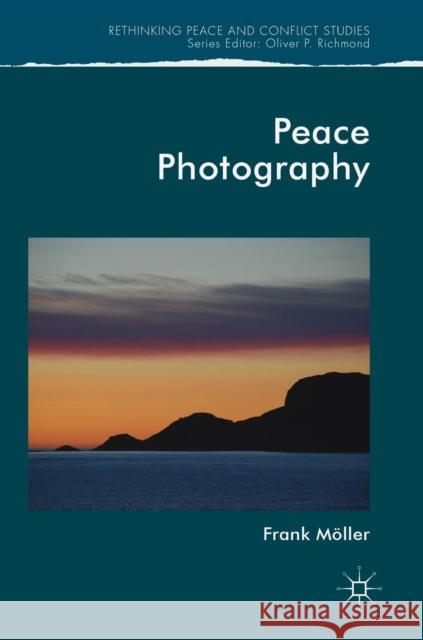Peace Photography » książka
topmenu
Peace Photography
ISBN-13: 9783030032210 / Angielski / Twarda / 2019 / 290 str.
Kategorie BISAC:
Wydawca:
Palgrave MacMillan
Seria wydawnicza:
Język:
Angielski
ISBN-13:
9783030032210
Rok wydania:
2019
Wydanie:
2019
Ilość stron:
290
Waga:
0.65 kg
Wymiary:
21.01 x 14.81 x 2.54
Oprawa:
Twarda
Wolumenów:
01
Dodatkowe informacje:
Bibliografia
Wydanie ilustrowane
Wydanie ilustrowane











